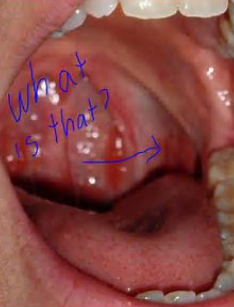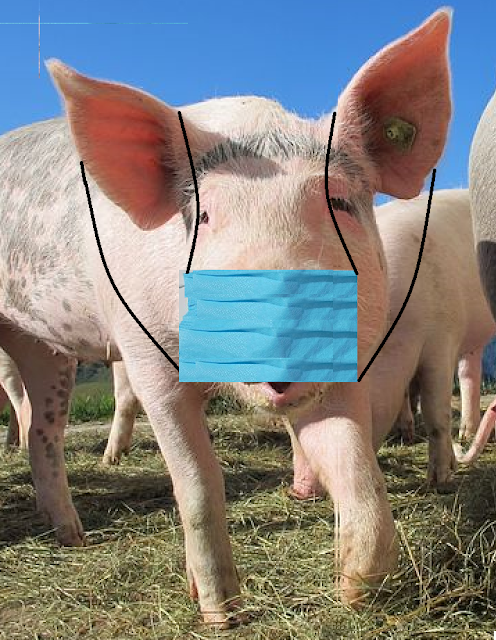All AIDS patients have some form of Kaposi's Sarcoma in this study. Is the same true for Chronic Fatigue Syndrome?
Editor's Note: This following study suggests that Kaposi's
Sarcoma is universal in AIDS. That is not the conventional wisdom. It would also suggest that HHV-8 is not the real cause of K.S. since not all AIDS patients have it. If Chronic Fatigue Syndrome is just another form of AIDS, one would expect that all Chronic Fatigue Syndrome patients have some form of internal K.S. The presence of crimson crescents in the throats of CFS patients may be a hint that they all have an internal indolent form of Kaposi's Sarcoma.
Hum Pathol. 1985 May;16(5):447-56.
Frequency and anatomic distribution of lymphadenopathic Kaposi's sarcoma in the acquired immunodeficiency syndrome: an autopsy series.
Abstract
Histologic material from 52 autopsies of persons who had died of the acquired immunodeficiency syndrome (AIDS) were reviewed. The study group included 23 Haitians, 19 homosexual men, five intravenous drug abusers, two hemophiliacs (type A), and three persons at unknown risk. Nineteen of the patients (36.5 per cent) had typical Kaposi's sarcoma alone, but 49 (94.2 per cent) had the inflammatory variant of Kaposi's sarcoma as well as typical Kaposi's sarcoma. Inflammatory Kaposi's sarcoma was found in all risk groups studied. In all cases of typical Kaposi's sarcoma, histomorphologic transitions of inflammatory Kaposi's sarcoma to typical Kaposi's sarcoma were observed. Lymph nodes and spleen were the organs most commonly involved by both typical and inflammatory Kaposi's sarcoma. The findings indicate that Kaposi's sarcoma is more common and has a wider morphologic spectrum in AIDS than is generally appreciated.
https://www.sciencedirect.com/science/article/pii/S0046817785800812
https://www.sciencedirect.com/science/article/pii/S0046817785800812
Findings
and Testimony of Burke A. Cunha, MD., chief, infectious disease
division, Winthrop-University Hospital, Mineola, N.Y., USA.
"But the most consistent lab evidence that we look for are elevations of coxsackie B-titers and elevations of HHV-6 titers in combination with the decrease in the percentage of natural killer T cells," Cunha explained. "If the patient has two or three of these abnormalities in our study center, then he or she fits the laboratory criteria for chronic fatigue. Nearly all patients with crimson crescents have two out of three of these laboratory abnormalities," he said.
"But the most consistent lab evidence that we look for are elevations of coxsackie B-titers and elevations of HHV-6 titers in combination with the decrease in the percentage of natural killer T cells," Cunha explained. "If the patient has two or three of these abnormalities in our study center, then he or she fits the laboratory criteria for chronic fatigue. Nearly all patients with crimson crescents have two out of three of these laboratory abnormalities," he said.











